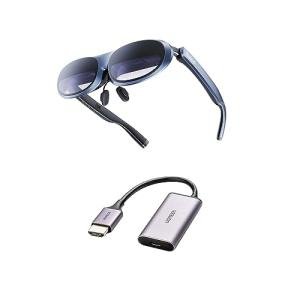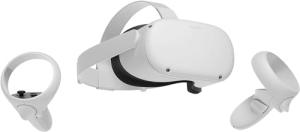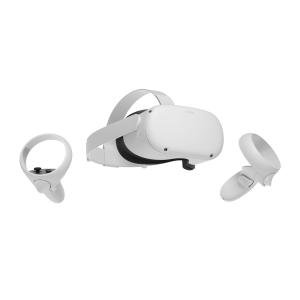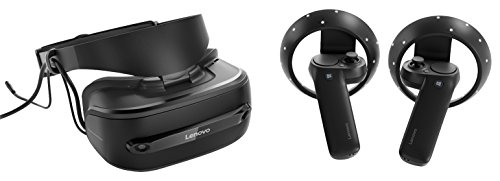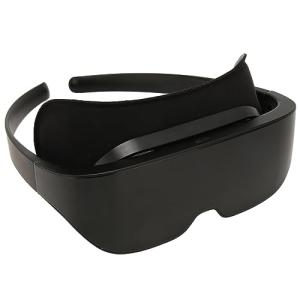Augmented reality (AR) is really shaping up to be a game-changer, and it’s exciting to see what’s on the horizon. One big trend is the use of AR in everyday shopping experiences. Imagine trying on clothes or seeing how that new couch fits in your living room without leaving your house. Retailers are already integrating AR into their apps, making shopping way more interactive and fun.
Another cool trend is the rise of AR in education. Teachers are using AR tools to create immersive learning experiences. Picture students being able to explore historical sites or dive into the human body right in the classroom. This hands-on approach not only makes learning enjoyable but also helps students grasp complex topics more easily. It's definitely a bright spot in the future of augmented reality.
Gaming is also taking a leap forward with AR. Games like Pokémon Go have paved the way for more interactive play. Developers are working on AR systems that blend the virtual and real worlds even more seamlessly, allowing players to engage with their surroundings in new and exciting ways. It’s all about making the game feel right in your backyard or local park.
Healthcare is not left out of the action either. AR is finding its place in surgical procedures and patient education. Surgeons can use AR to overlay critical information during operations, enhancing precision and safety. Plus, patients can visualize their conditions and treatment options more clearly. The future of augmented reality in this field looks promising, ensuring better outcomes for everyone involved.
Innovations Shaping AR Experiences
Augmented Reality is buzzing with innovation, and it’s exciting to see how these advances are shaping our experiences. One major trend is the rise of AR glasses. These lightweight devices bring digital information right into your field of vision, making it super easy to interact with the world around you. Imagine getting real-time directions or notifications without even pulling out your phone. That’s the kind of future AR enthusiasts are dreaming about!
Another game-changer is the integration of AI. With smarter algorithms, AR can now understand and recognize objects in your environment almost instantly. This means you could point your device at a plant and get instant information on how to care for it. The possibilities are endless! Users get personalized experiences that feel smarter and more intuitive, enhancing how we engage with our world.
We can’t forget about the advancements in 5G technology. With faster connectivity, AR apps can pull in more data without lag. This opens up opportunities for real-time interaction in gaming, shopping, and training. Who wouldn’t want to step into a virtual showroom and see products or even try outfits before buying? The future of Augmented Reality really stands to change the way we shop and play, making everything much more interactive and enjoyable.
Lastly, let’s talk about the community. Platforms that enable user-generated content are really taking off. Users can create their own AR experiences and share them with friends or the public. This not only boosts creativity but also encourages collaboration among users. The more people involved, the richer the content becomes. The future of Augmented Reality isn’t just about tech; it’s about people connecting and creating together!
Rokid Max AR Glasses and HDMI, Augmented Reality Glasses Wearable Headsets Smart Glasses for Video Display, Myopia Friendly Portable Massive 1080P Screen,Watch on iOS/Android/PC/Tablets/Game Consoles
Product information
$369.00 $279.00
Product Review Score
4.72 out of 5 stars
99 reviewsProduct links
Impact of AR on Everyday Life
Augmented reality is changing our everyday lives in ways we never imagined. It's not just for gamers anymore—it's transforming how we shop, learn, and even communicate. Imagine trying on clothes without stepping into a store or exploring a new city with a virtual tour guide right on your phone. That’s the kind of stuff we can expect with the future of augmented reality.
Shopping is getting a serious upgrade thanks to AR. You can see how a piece of furniture would look in your living room before you buy it. Apps let you visualize colors, sizes, and styles without any guesswork. This tech makes shopping easier and more fun, helping you make better choices. No more buyer's remorse!
In education, AR brings subjects to life. Kids can explore the solar system or dissect a virtual frog right in their classroom. This hands-on approach makes learning more interactive and engaging. Students connect with the material better when they can see and experience it rather than just read about it. You can bet this trend will grow as the future of augmented reality unfolds.
Even communication is getting a boost. Think about how AR apps can add fun filters and effects to your video calls, making conversations feel more lively and connected. It’s a great way to bridge the gap between friends and family, especially if they’re far away. The future of augmented reality promises to keep us closer, no matter where we are.
Oculus Quest 2 256GB Advanced All-in-One Virtual Reality VR Headset Set, White
Product information
Product Review Score
4.33 out of 5 stars
210 reviewsProduct links
Challenges Facing the AR Industry
The Future of Augmented Reality is super exciting, but it’s not all smooth sailing. The industry is facing a few big challenges that need addressing to really take off. One major hurdle is the technology itself. Many AR devices still struggle with battery life and processing power, which can lead to a less-than-stellar user experience. If your headset dies in the middle of an awesome game, that’s frustrating for anyone.
Another challenge is content creation. While there are some amazing apps and experiences out there, there’s still a gap in high-quality content. Developers need the tools and resources to easily create AR experiences that keep users engaged. Without a steady stream of interesting content, people might quickly lose interest in AR, undermining the potential the Future of Augmented Reality offers.
Privacy and security issues are also big concerns. As AR experiences often involve location tracking and personal data, users want to feel safe while using these technologies. Companies in the AR space really need to step up their game and ensure user data is protected. If people don’t trust these devices, they simply won’t use them.
Finally, there’s the challenge of mainstream adoption. While tech enthusiasts love AR, the average person might not be ready or even know how to use it. Getting the word out about the benefits and ease of use with AR will be crucial for its future. Both the industry and consumers need a little education to bridge this gap.
